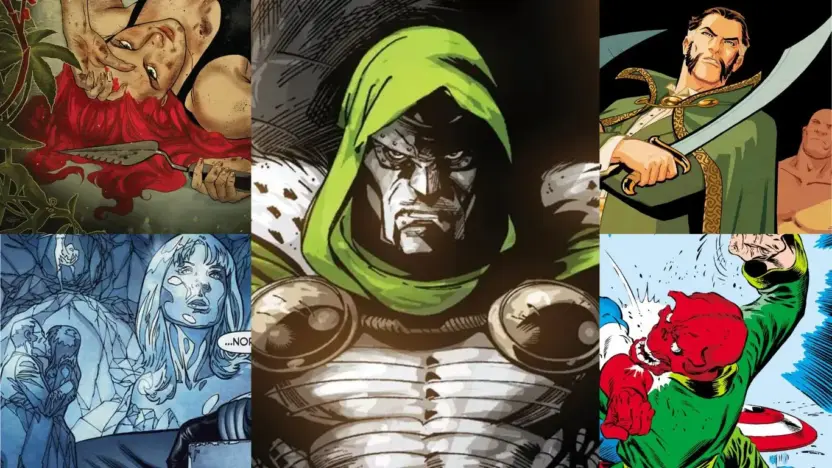When we delve into the captivating world of comic books, we often find ourselves face-to-face with some of the most iconic and complex characters ever created – the super-villains. These characters, with their intricate backstories and unique motivations, serve as the perfect foil to our beloved heroes, driving the plot forward and keeping readers on the edge of their seats. In this article, we will explore the “10 Most Common Motives of Super-Villains in Comics.” From the quest for world domination to the desire for revenge, the need for wealth accumulation to the pursuit of ideological superiority, each villain’s motive adds depth to their character and provides a glimpse into the factors that drive them to commit acts of evil.
10 Most Common Motives of Super-Villains in Comics
World Domination
World Domination is a classic and formidable motive that propels many super-villains in comics, earning it the top spot on our list of “10 Most Common Motives of Super-Villains in Comics.” These characters often harbor an insatiable lust for power and control, leading them to devise elaborate schemes aimed at subjugating humanity or even ruling the entire planet.
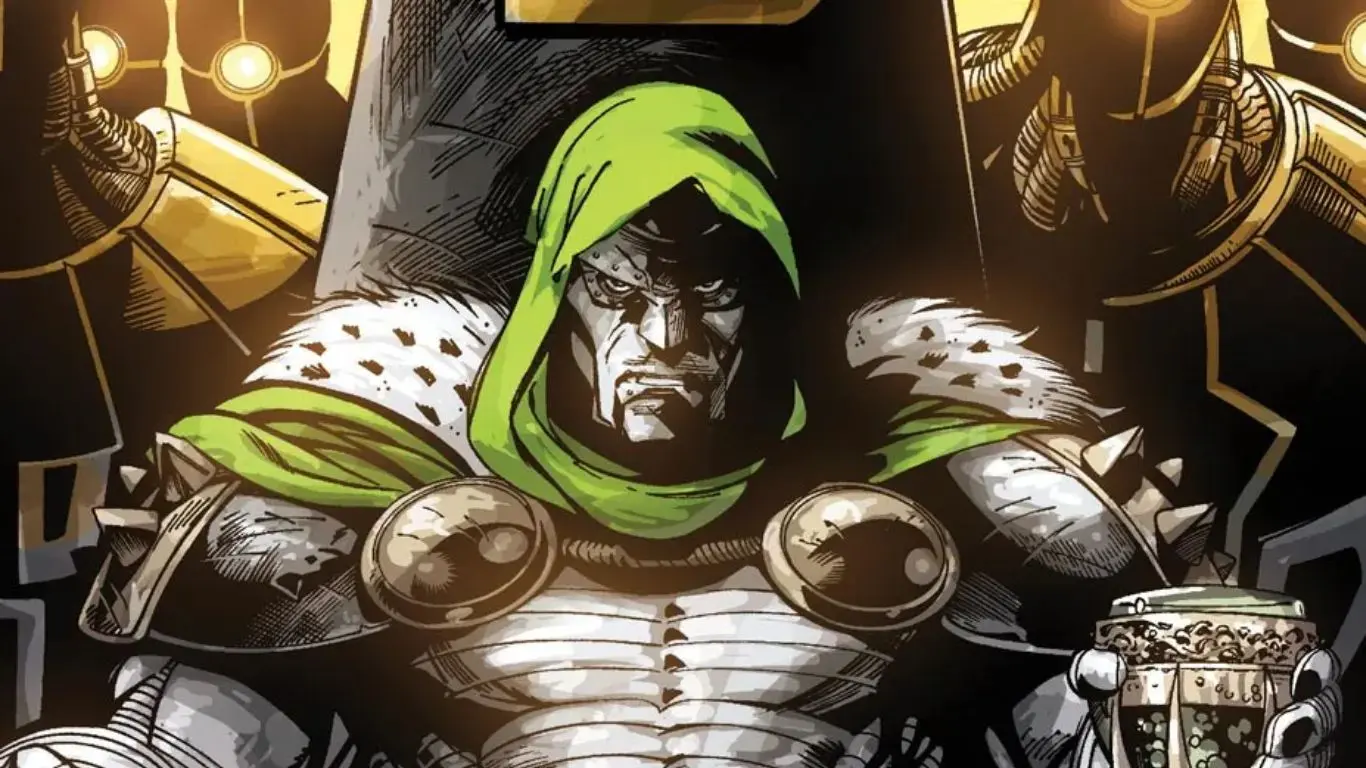
A prime example of this archetype is Doctor Doom, the arch-nemesis of the Fantastic Four. With his unmatched intellect, mastery of sorcery, and technological prowess, Doctor Doom constantly seeks to expand his dominion and impose his will upon the world. His grandiose ambitions and relentless pursuit of power make him one of the most iconic and memorable villains in the realm of comics, embodying the quintessential tyrant who will stop at nothing to see his vision of domination realized.
Revenge
This powerful and deeply personal motive drives many villains to commit acts of evil as they seek to settle a score or rectify a perceived wrong. A quintessential example of this is the Green Goblin, one of Spider-Man’s greatest foes. The Green Goblin, also known as Norman Osborn, has a deeply personal vendetta against Spider-Man, or Peter Parker, which adds a layer of complexity to their antagonistic relationship.
His desire for revenge stems from his tangled personal and professional relationship with Peter, making their battles not just physical confrontations, but also psychological and emotional warfare. The revenge motive often adds a rich backstory and depth to a villain’s character, making them more relatable and their actions more understandable to the audience.
Immortality
Many villains are driven by a fear of being forgotten or a longing to leave a lasting impact on the world, often by any means necessary. A great example of this motive is the character of Ra’s al Ghul from the Batman series.
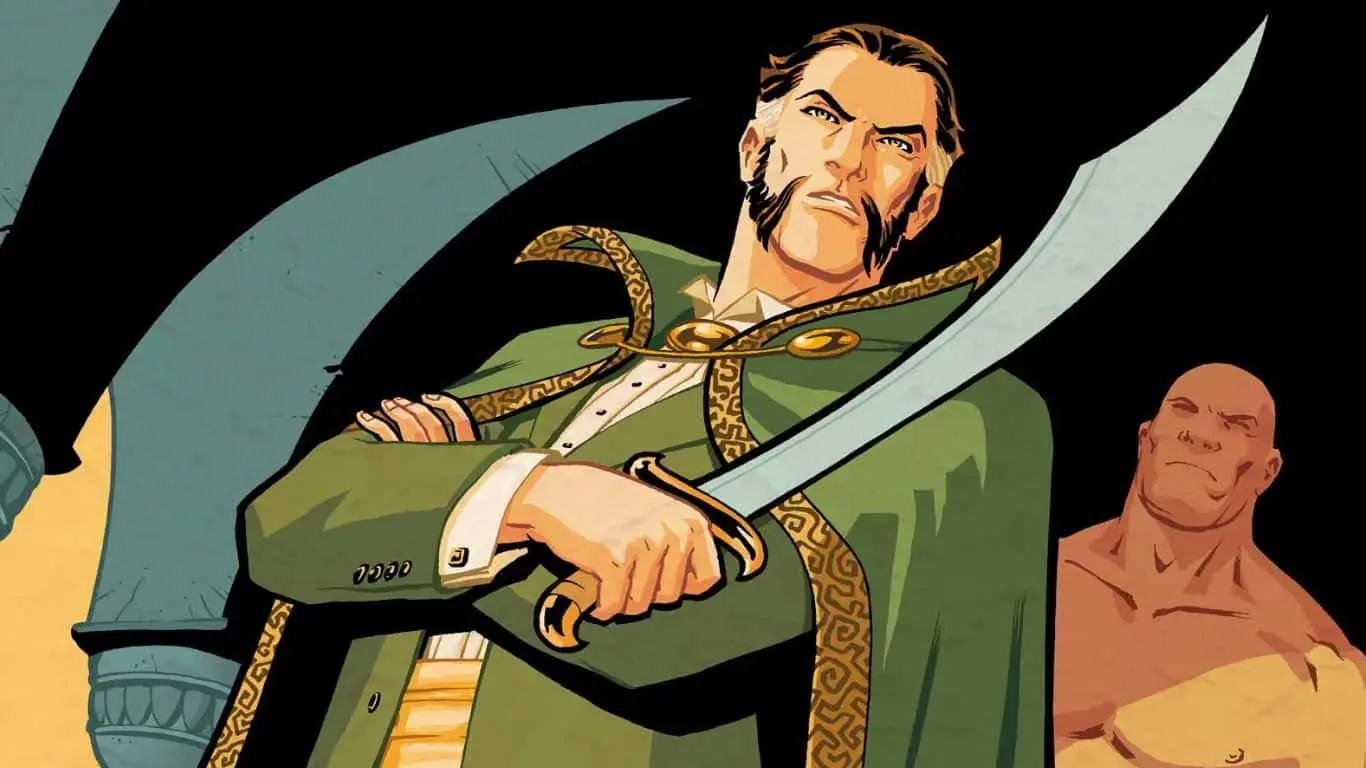
Ra’s al Ghul, whose name translates to “The Demon’s Head” in Arabic, is the leader of the League of Assassins and has lived for centuries, thanks to the rejuvenating powers of the Lazarus Pits. His ultimate goal is to cleanse the world of its corruption and create a new world order over which he will rule, leaving a legacy that will last for generations.
The desire for immortality or creating a lasting legacy is a powerful motive that adds depth to a villain’s character and makes their actions and decisions more comprehensible to the audience. It speaks to a fundamental human fear of mortality and the desire to be remembered, making these villains more relatable, despite their often extreme methods.
Personal Protection or Survival
This motive is often a driving force for villains who find themselves in precarious situations, with their lives or well-being threatened by external forces. A notable example of this motive is Magneto from the X-Men series.
Born Max Eisenhardt, Magneto is a mutant with the ability to generate and control magnetic fields. Witnessing the horrors of the Holocaust and experiencing anti-mutant sentiment firsthand, Magneto is driven to protect himself and his fellow mutants from humanity’s prejudice and violence.
His actions, although often extreme and violent, are fueled by a desire to prevent the genocide of mutants and ensure their survival in a world that fears and hates them. Personal Protection or Survival adds a layer of complexity to a villain’s character, as it highlights their vulnerability and the lengths they are willing to go to preserve their existence. It also creates a moral gray area, as the audience can understand the villain’s motivations.
Quest for Supremacy
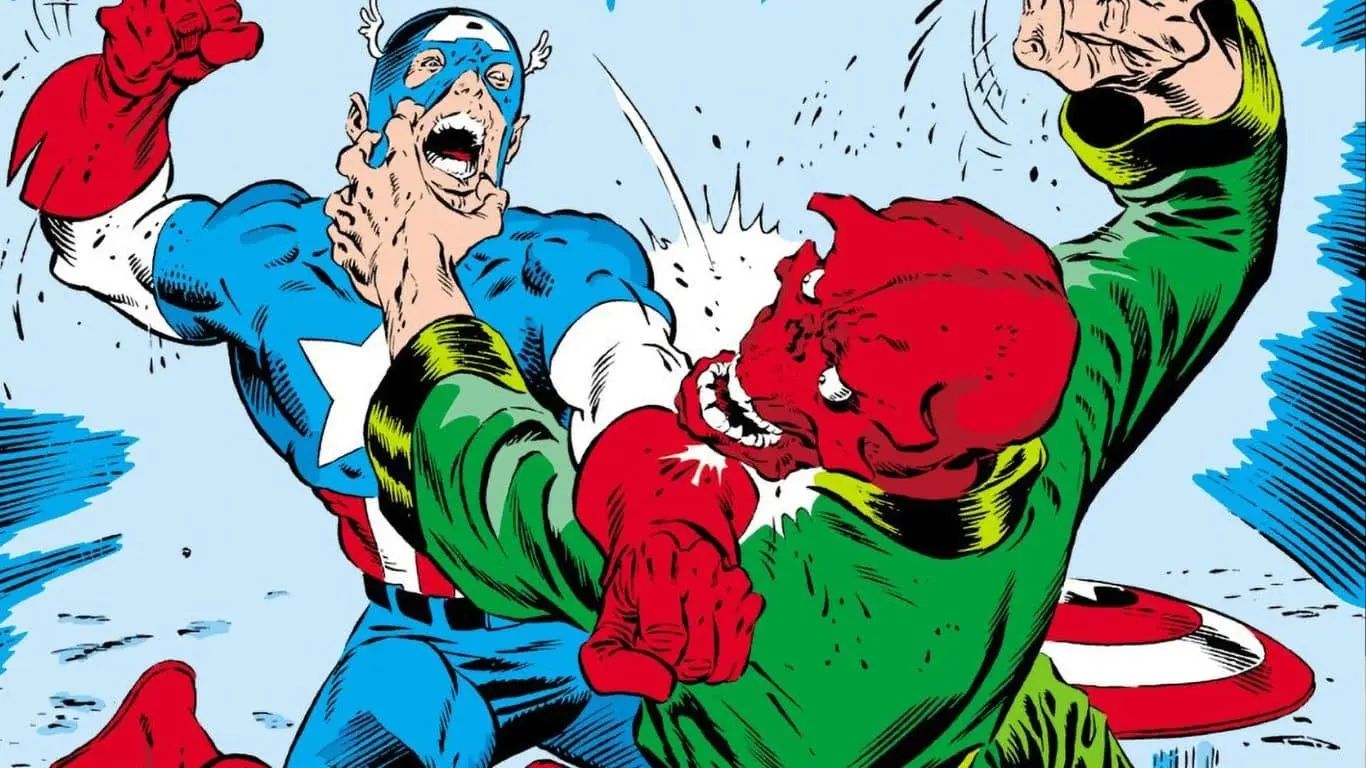
Consider the example of Red Skull from the Captain America series. As a high-ranking officer in Hitler’s Nazi regime and the leader of the terrorist organization Hydra, Red Skull is driven by a twisted ideology that seeks to establish a new world order rooted in his distorted views of racial and national superiority.
The lengths to which Red Skull goes to enforce his ideology is evident in his numerous attempts to dominate the world, as well as in the comic book series “Uncanny Avengers,” where he steals Charles Xavier’s psychic powers to control Thor and terrorize innocents in New York.
This act alone reveals Red Skull’s intense longing for control and his complete lack of empathy, which are characteristic of his psychopathic nature. This perverse desire to force one’s beliefs upon others can lead to some of the most perilous and devastating acts committed by villains in the comic book world.
Love or Obsession
The intricate dynamics of love and obsession can often become a compelling force that propels villains into action. This is vividly illustrated by the character of Talia al Ghul in the Batman series. Being the progeny of Ra’s al Ghul and sharing a romantic entanglement with Batman, Talia finds herself ensnared in a web of complex emotions and allegiances. Her affections for Batman are frequently at odds with her duty to her father and his zealous crusade to purge the world of its corruption.
This internal strife sometimes compels her to adopt drastic measures against Batman, all in the pursuit of love and a yearning to be united with him, even if it means defying her father’s directives or straying from her ethical principles. This motive not only enriches Talia’s character but also highlights the extremes to which love can obfuscate one’s rationality, steering them towards a perilous trajectory.
Righting a Perceived Wrong
It serves as a powerful motivator for many villains, compelling them to take matters into their own hands in an attempt to seek justice or retaliation for the injustices they believe they’ve endured.
Mr. Freeze from the Batman series is a quintessential representation of this motive in action. Initially known as Victor Fries, a tragic turn of events transforms him into the cold-hearted villain we know today. Following an accident that leaves his wife, Nora, in a state of terminal illness and suspended in cryogenic animation, Mr. Freeze’s world is turned upside down. In a desperate attempt to fund his research and discover a cure for Nora’s ailment, he resorts to a life of crime, his actions fueled by a profound desire to save his wife and rectify the wrongs imposed upon him by those who obstructed his research efforts.
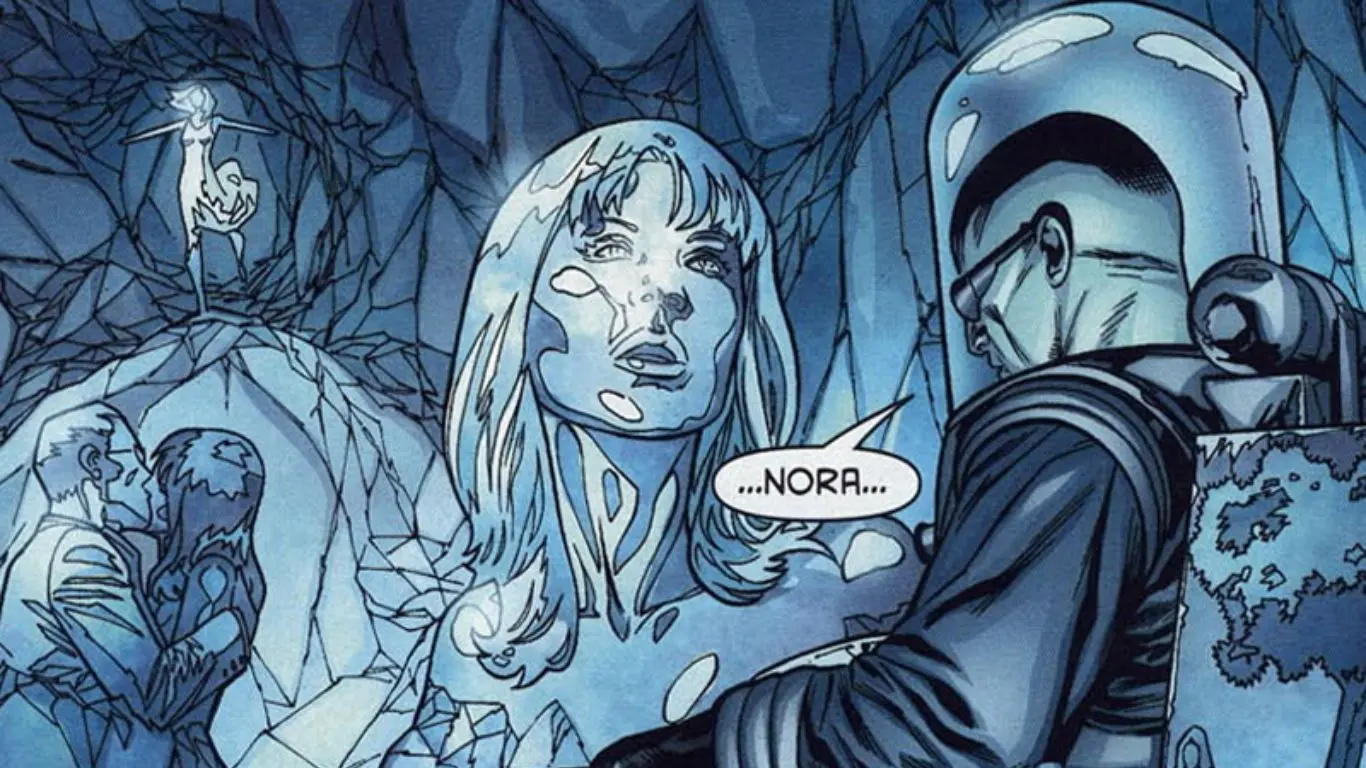
This narrative adds an intriguing layer of depth to Mr. Freeze’s character, encapsulating the moral complexity and relatability that often characterize compelling villains. His criminal activities, though reprehensible, stem from a place of love and desperation, blurring the lines between good and evil and captivating the audience’s empathy.
Feeding or Sustenance (for vampires, zombies, etc.)
A classic embodiment of this motive is Dracula, the quintessential vampire born from the imagination of Bram Stoker. As a creature of the night, Dracula’s survival is predicated on his consumption of human blood. This perpetual thirst propels him to engage in acts of violence and even transform others into vampires like himself, perpetuating the cycle of vampirism.
This motive is integral to the identity of such characters, imparting an element of horror to their narrative. Yet, it also introduces a poignant dimension to their existence. Their compulsion to inflict harm is not born out of malevolence or a thirst for dominance, but is rather a fundamental instinct akin to the human need for sustenance.
Wealth Accumulation
Wealth Accumulation is a significant driving force for many super-villains in comic books, reflecting their desire for power, control, and luxury. The Penguin, aka Oswald Cobblepot, from the Batman series, serves as a prime example of this motive in action.
In his quest for wealth, The Penguin has established himself as a prominent figure in Gotham City’s criminal underworld, engaging in various illegal activities to fill his coffers. More modern depictions show him as the manager of the Iceberg Lounge, a high-end nightclub that doubles as a front for his criminal operations. The club is a testament to The Penguin’s cunning and resourcefulness, allowing him to operate his criminal empire under the guise of a legitimate business.
The Iceberg Lounge also represents The Penguin’s desire for social acceptance and influence within Gotham’s elite. His accumulation of wealth is not just about having material possessions; it is also a means to gain the power and status he craves. By rubbing shoulders with Gotham’s high society, The Penguin seeks to solidify his place among them, despite his criminal background.
Environmental Control
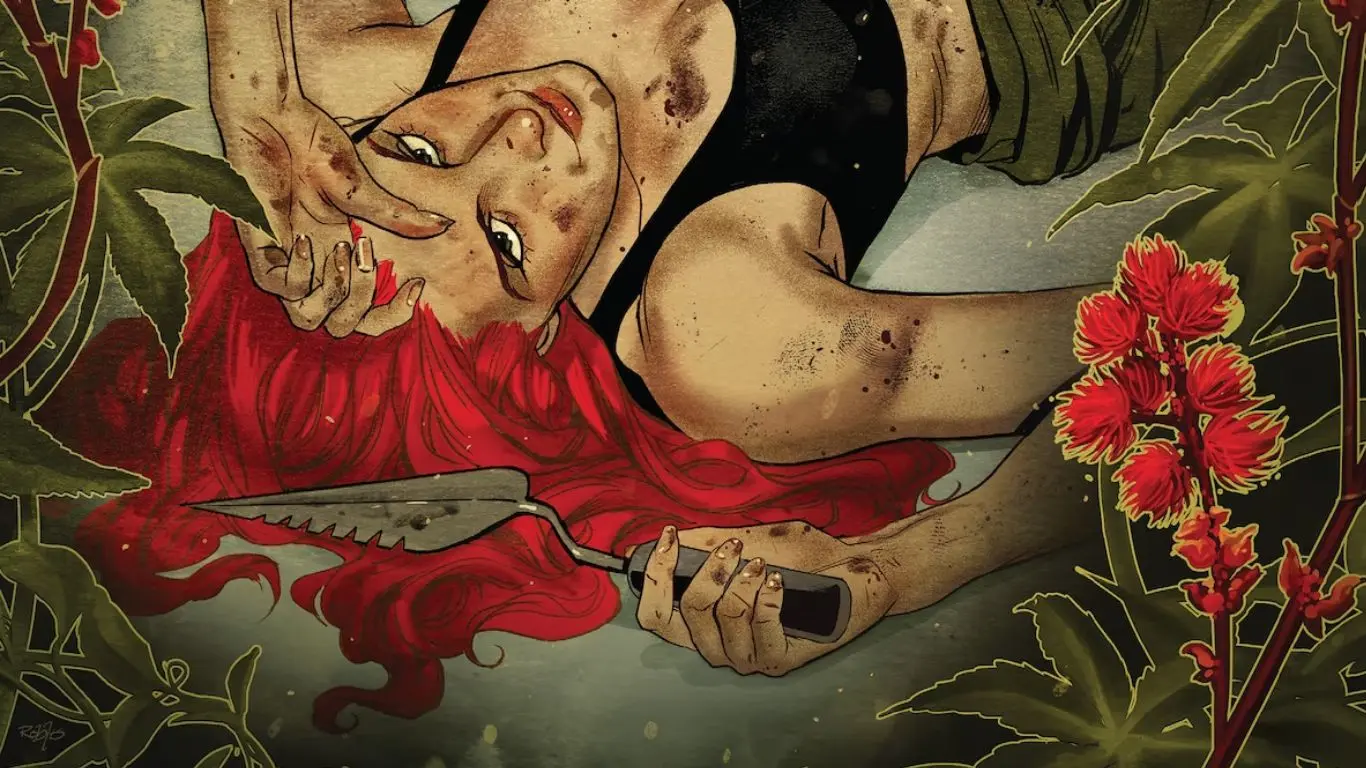
Environmental Control as a motive for super-villains is a powerful and highly relevant theme in today’s world. These villains seek to reshape or take control of the environment, often as a means to exert power, facilitate their own survival, or enforce their vision of how the world should be.
A prime example of this motive is Poison Ivy, aka Dr. Pamela Lillian Isley, from the Batman series. Poison Ivy is an eco-terrorist who uses her knowledge of botany and her ability to control plant life to fight against those she perceives as threats to the environment. Her ultimate goal is to protect nature from humanity’s harmful actions, and she is willing to use any means necessary to achieve this objective.
Poison Ivy’s motives highlight the conflict between humanity and nature, reflecting real-world concerns about environmental degradation and the need for conservation. Her actions, while often extreme and morally questionable, stem from a genuine love for the environment and a desire to protect it. This adds depth to her character and creates a complex and compelling narrative that resonates with audiences today.
Also Read: Top 10 Comic Book Supervillains With Demonic Origins
